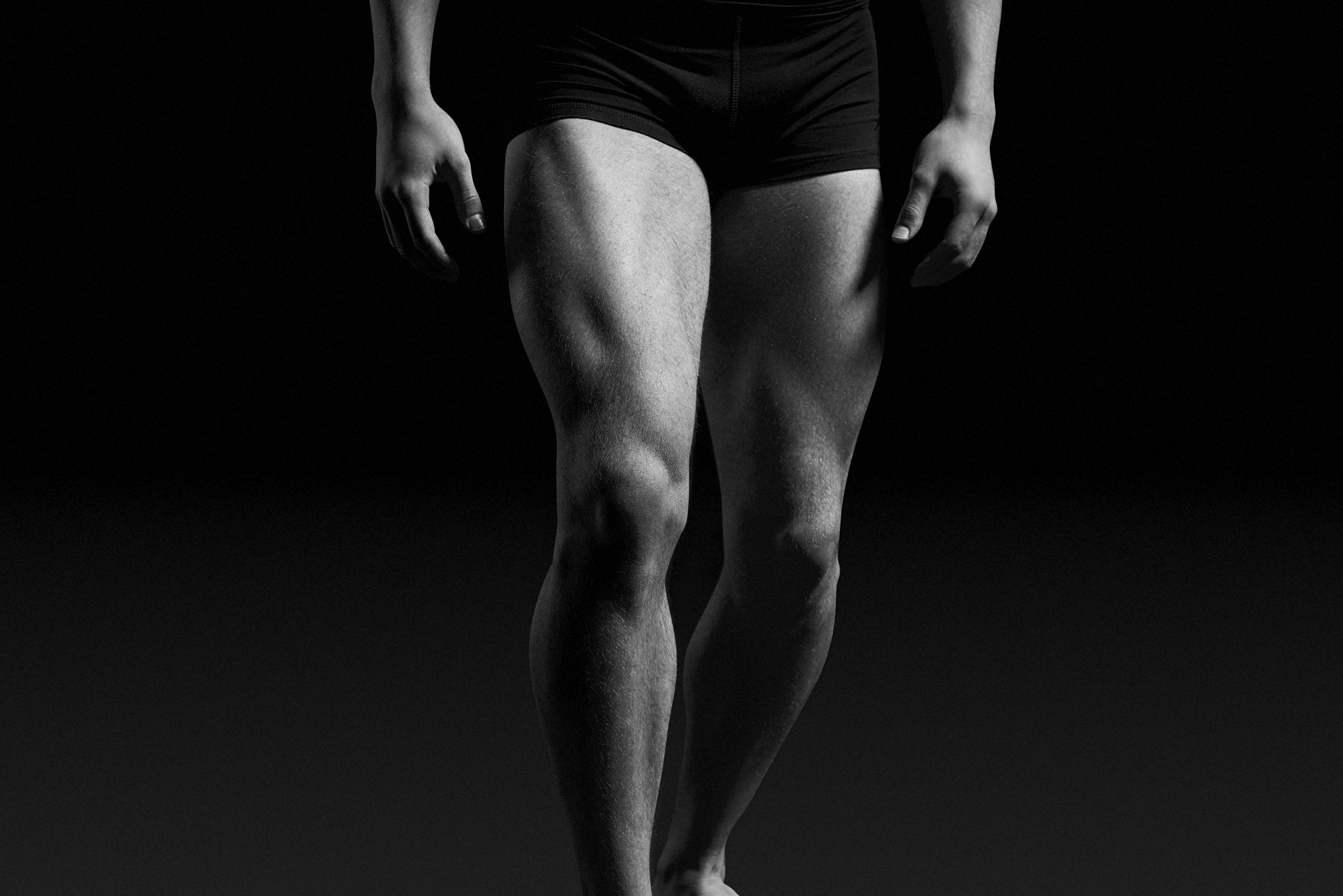Suite 3, Ground Floor, The Gateway,
312 St Kilda Road, Southbank, VIC, 3006
Stretching for Runners – Is it really necessary?

The short answer? Yes and no, and only if you personally enjoy and feel like you benefit from it.
What is stretching and what happens in my muscles when I stretch?
Stretching involves movement at a joint that places the components of that joint (e.g. ligaments) or the muscles crossing the joint under tension (Page, 2012). Stretching can be static/passive, where you hold the position for a certain period of time (e.g. holding a quad stretch for 20 seconds) or dynamic/active, where you are moving the limb while stretching the muscle (e.g. leg swings).
As you continue to stretch (either within the one session or over time), the stiffness of these structures reduces, allowing you to stretch further and become more flexible (Page, 2012). However, being able to stretch further, or having a greater range-of-movement at your joints, isn’t always a good thing (unless you are a contortionist and, in that case, please ignore me!).
This article discusses stretching for the purposes of improving and protecting running performance, and not for the purposes of treating injury.
Should I stretch before I run?
That depends.
It is important to actively warm up for at least a few minutes before you run to improve the amount of power you produce (Ce et al., 2008), with the length and complexity of the warm up being different depending on how long (e.g. distance), explosive (e.g. sprint intervals) and complex (e.g. trails) the run.
But should that warm up include stretching?
I would encourage anyone who wants to stretch as part of a warm up to do dynamic/active stretching, for example leg swings forwards and backwards, side to side, rather than static/passive stretching such as holding a hip flexor stretch for a period of time.
Why?
Passive stretching has been associated with worse running performance in early research, possibly due to the stretching relaxing the muscle too much, removing much needed stiffness required for a powerful push-off (Fletcher et al., 2007). Long distance runners that are less flexible have been shown to actually experience better running economy (van Hooren et al., 2018). That said, some recent research has refuted the potential uselessness of stretching, suggesting that short duration static stretching of less than 60 seconds per muscle group might have a beneficial effect as part of a well structured active warm up (Chaabene et al., 2019).
So, drop the static stretching in favour of an active warm up including gentle pacing, drills and dynamic stretching. If muscle tension is causing you grief before your run, you would likely benefit from a comprehensive assessment by a qualified physiotherapist to assess the cause of the tension, give you personalised guidance regarding your warm up and stretching regime and get you feeling better.
Should I stretch as part of my cool down?
If you are using stretching as part of your cool down to prevent muscle soreness or improve recovery, then I’d say you should spend your time doing something else you enjoy more.
Active cool downs (e.g. doing some gentle drills in addition to other activities) done together with some stretching may have minimal impact on recovery (van Hooren et al., 2018). But if you enjoy stretching after a run, and it makes you feel good, then go for it – provided you aren’t pushing into too much discomfort.
Should I stretch to prevent injury?
You can, but you need to do more than that.
Stretching alone is unlikely to be enough to prevent injury. As with most things, a multi-pronged approach is needed. A recent review focusing on running-intensive team sports found that effective injury prevention programs contained a combination of several components such as stretching, strengthening (e.g. one-legged deadlifts), plyometrics (explosive/bounding activities), balance exercises (e.g. one-legged activities) and a solid warm-up (Brunner).
This suggests that stretching alone is not enough to prevent injury. Importantly, as stretching alone is unlikely to prevent injury, the importance of stretching within an injury prevention program is probably still up for debate.
So, stretching or flexibility exercises might have a role to play in preventing injury, but they should be done together with other exercises (such as a strengthening program) for good effect.
Final message
Stretching can be used before and after your run if you enjoy it. But make sure you are keeping your static stretching to after your run, and using active stretching instead before your run.
If you enjoy stretching after your run because it makes you feel good then continue doing it! But don’t expect it to improve your performance or recovery when used in isolation.
Need some help achieving your running goals? Book a FREE 10 minute telehealth appointment with Performance Medicine’s run coach and physio, Dr Brea Kunstler, to see how she can help you. There are several in-person and telehealth coaching options available to suit your needs!

